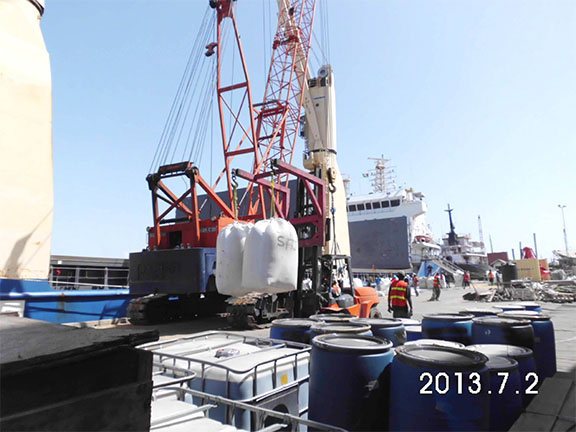Amidst its political and financial crisis and seemingly in response to widely reported food shortages in the country Venezuela is reportedly continuing to import significant quantities of rice since parting company with the 2009 rice for oil (PetroCaribe) deal with Guyana. Rice production in the South American Republic has been declining for several years, a circumstance that is compelling the Maduro government to continue to import one of the country’s crucial staples.
A report (Grain: World Markets and Trade) published by the United States Department of Agriculture (USDA) on April 10 this year states that Venezuela has already imported more rice in the first quarter of 2018 than it did during the same time period in 2017, with the only change being in the suppliers.
Over the past two decades the United States has enjoyed a large share in the Venezuela rice market, its exports to the crisis-hit country averaging over 50 percent of the country’s imports.
Other countries in the western hemisphere including Guyana and Argentina had been major suppliers in previous years but have seen their market shares diminish.
More recently Mexico has become the second largest supplier to Venezuela though that country’s exports have comprised, largely, milled rice, a shift from the Venezuelan government’s importation pattern that has traditionally favoured paddy which is then milled locally.
For 2018, so far, Brazil has reportedly secured the largest share of the Venezuelan market, exporting 124,000 tonnes to that country thus far in 2018, roughly five times more than in all of 2017. Over the same period US rice exports to Venezuela slipped to 20,000 tonnes, about one-third of the amount shipped during the same period last year.
In its cash-strapped condition, price is likely to be a critical factor determining Venezuela’s choice of supplier. Brazil’s rice prices averaged around $305/ton FOB, while US prices averaged roughly $342/ton FOB.
First signed in October 2009 the so-called PetroCaribe Agreement between Guyana and Venezuela, under the presidencies of Bharrat Jagdeo and Hugo Chavez, respectively played a critical role in boosting the fortunes of the rice industry in the Essequibo region even as, under the deal, Guyana began to source more than half of its oil needs from Venezuela. Worsening relations between the two countries which became even more tenuous following the death of Chavez in March 2013 eventually saw the termination of the oil Agreement. Shortly thereafter, Chavez’s successor, Nicholas Maduro signed a similar Agreement with Suriname under terms similar to those that applied with PetroCaribe.
Venezuela had become even more assertive in its claim to the Essequibo region since ExxonMobil, announced the first of more than half a dozen oil finds offshore in 2015.
Last year, Guyana only partially compensated for the loss of the Venezuelan market by inking two successive agreements for rice exports to Cuba.






